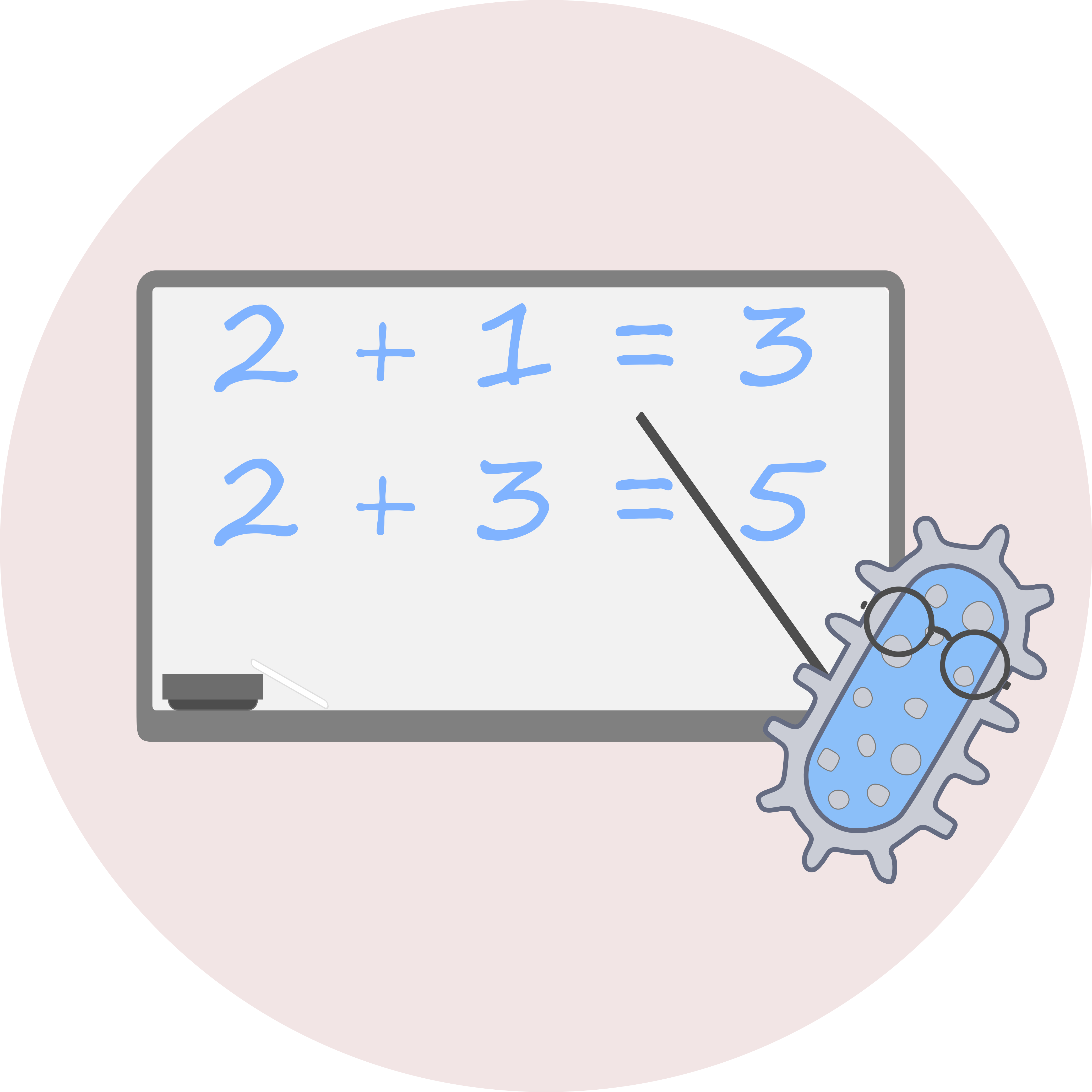| Line 89: | Line 89: | ||
<section id="welcome"> | <section id="welcome"> | ||
<div class="container"> | <div class="container"> | ||
| − | <h2><span>Why </span> | + | <h2><span>Why </span>sequential logic?</h2> |
<hr class="sep"> | <hr class="sep"> | ||
<div class="col-md-10 col-md-offset-1"> | <div class="col-md-10 col-md-offset-1"> | ||
| − | <p class="sub-lead"> | + | <p class="sub-lead">Cells are responsive to a myriad signals under most conditions. Upon re-ceiving this cornucopia of signals, i.e. inputs from the external and internal environment, cells must adjust their own internal mechanisms in response in order to survive. This adjustment depends not only on processing a combi-nation of current environmental signal inputs , but also on determining the cell’s current state, which is a result of a series of past inputs. Habituation and hypersensitivity are good examples.<p> |
| + | |||
| + | <p class="sub-lead">In digital cir-cuit theory, this operating mode is known as <b>sequential logic</b>. Sequential logic is a type of logic in which output is a function of the present value of inputs and the system’s internal state.<p> | ||
| + | |||
| + | <p class="sub-lead">The field of synthetic biology aims to design biological systems to perform tasks to better understand analogous natural systems and to devel-op direct applications for research and medicine. Nowadays, a wide variety of tasks can be performed by synthetically engineered genetic circuits, most-ly constructed using combinational logic. The output of combinational logic (also referred to as time-independent logic) is a function of the present input only. In contrast to sequential logic, it has no internal state as an influence of the history of inputs. Without a memory of state, it is difficult to perform functions in a specific order, which has limited the widespread implementa-tion of such systems. </p> | ||
| + | |||
| + | <p class="sub-lead">The ability of sequential logic circuits to store modest amounts of information within living systems and to act upon them would enable new approaches to the study and control of biological processes . More functions could be accomplished with a memory module embedded within the circuit. Once the memory system is able to scale up to more states, a cell can be designed to do work that is more complex. In other words, we can reach a new dimensionality in design-ing synthetic life – <b>time</b>. | ||
| + | |||
</p> | </p> | ||
</div> | </div> | ||
Revision as of 01:27, 2 November 2017
What will you do if you could reprogramcells and design there life processes?

A periodic drug delivery to precise drug release in sequential order, appropriate time?

An automatic cell factory where all biosynthetic procedures in one fermentation tank?

A medical patch that can heal patients with faulty methabolic pathways?

Cells that can survive in harsh environements by making complex calculations about their surroundings going where no cells have gone before?

Why sequential logic?
Cells are responsive to a myriad signals under most conditions. Upon re-ceiving this cornucopia of signals, i.e. inputs from the external and internal environment, cells must adjust their own internal mechanisms in response in order to survive. This adjustment depends not only on processing a combi-nation of current environmental signal inputs , but also on determining the cell’s current state, which is a result of a series of past inputs. Habituation and hypersensitivity are good examples.
In digital cir-cuit theory, this operating mode is known as sequential logic. Sequential logic is a type of logic in which output is a function of the present value of inputs and the system’s internal state.
The field of synthetic biology aims to design biological systems to perform tasks to better understand analogous natural systems and to devel-op direct applications for research and medicine. Nowadays, a wide variety of tasks can be performed by synthetically engineered genetic circuits, most-ly constructed using combinational logic. The output of combinational logic (also referred to as time-independent logic) is a function of the present input only. In contrast to sequential logic, it has no internal state as an influence of the history of inputs. Without a memory of state, it is difficult to perform functions in a specific order, which has limited the widespread implementa-tion of such systems.
The ability of sequential logic circuits to store modest amounts of information within living systems and to act upon them would enable new approaches to the study and control of biological processes . More functions could be accomplished with a memory module embedded within the circuit. Once the memory system is able to scale up to more states, a cell can be designed to do work that is more complex. In other words, we can reach a new dimensionality in design-ing synthetic life – time.
What we did
Intelligene is best thought of as a suite of tools, combining aspects of computational biology and synthetic biology to help scientists with new dCas9-based genetic circuits, from their design all the way through to their implementation.
In order to help with the intelligent and intuitive design of these circuits, we decided to modify a recently-published program called Cello. Cello works by combining information about the circuit the user wants to create, and biological information about the system the user is building the circuit for, with a series of algorithms which produce a plasmid which contains an optimized biological form of that circuit. While we loved the concept and its powerful design, we thought that certain aspects could be built upon to increase user-friendliness and embellish its open-source nature. To this end, we created a new, simple, graphical user interface, and connected Cello with databases we created, which make the information it uses public and easily transferrable between users.
Once a circuit is designed, biological gates are needed to make that circuit. These gates essentially take a simple combination of inputs and produce a given output, according to some rule. Many currently used gates are based on transcription factors, but the use of artificial transcription factors, built using dCas9, is becoming more commonplace as these transcription factors can be reprogrammed to be specific to a certain target and their effect can be fine-tuned by selecting appropriate transcriptional effectors to use within them. During our project we successfully used an architecture first described by Zalatan et al. (2015) to reproduce a previously described activating artificial transcription factor. We also produced two novel repressing artificial transcription factors. Using these parts, we developed two novel NOT gates, each with differing designs.

